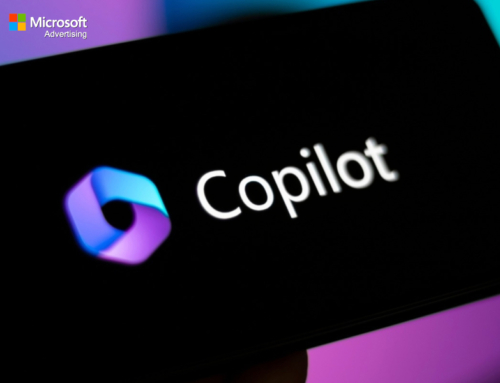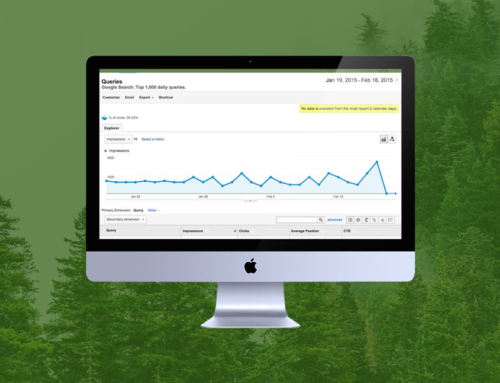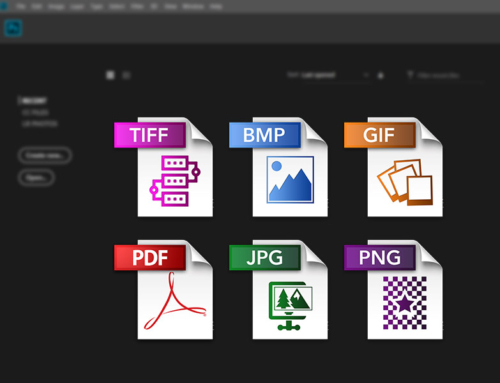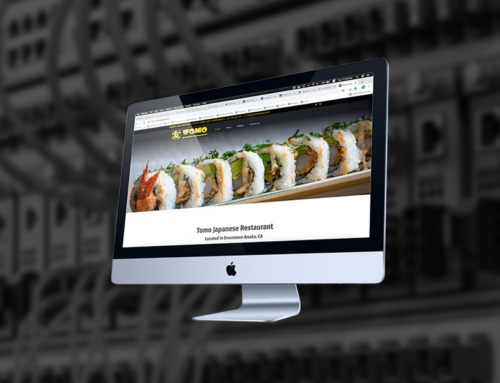American Small-Format Print Standards
The United States, along with Canada and Mexico, follow the American Printing Standards and disregard the ISO global printing standards. As a result, in America we use Letter, Legal, Executive, Tabloid, and Poster print dimensions among others. Whether you’re designing a poster, a flyer, or business cards, the design must always be created for it respective size to ensure best results. In this article you will find Standard American Print Dimensions used in homes, offices, and promotionally as defined by the American National Standards Institute.
North America Loose Paper Sizes/Dimensions
- Half Letter: 8.5 in x 5.5 in
Aspect Ratio: 1:1.5455
Common Print Uses: book pages, flyers, greeting cards, postcards, invitations, and notepads. - Letter: 8.5 in x 11 in
Aspect Ratio: 1:1.2941
Common Print Uses: books, flyers, greeting cards, letterhead, notepads, and brochures
- Legal: 8.5 in x 14 in
Aspect Ratio: 1:1.6471
Common Print Uses: flyers and brochures - Ledger/Tabloid: 11 in x 17 in
Aspect Ratio: 1:1.5455
Common Print Uses: flyers and brochures
ANSI Standard Paper Sizes/Dimensions
The American National Standards Institute, or ANSI, defined a regular series of letter paper sizes, the A series, based on the letter format Of 8.5 in x 11 in. Larger sizes, such as Ledger or Tabloid, are B, C, D, and E. ANSI standard sizes have two aspect ratios – 1:1.2941 and 1:1.5455. Enlarging and reducing between these sizes is not as seamless as the ISO Standards.
- ANSI A: 8.5 in x 11 in
Common Print Uses: book pages, flyers, greeting cards, letterhead, notepads, and brochures.
- ANSI B: 11 in x 17 in
Common Print Uses: flyers and brochures. - ANSI C: 17 in x 22 in
Common Print Uses: flyers and brochures.
- ANSI D: 22 in x 34 in
Common Print Uses: Architectural/Blueprints - ANSI E: 34 in x 44 in
Common Print Uses: Architectural/Blueprints
Architectural Paper Sizes & Dimensions
The following paper sizes are defined for architectural purposes. They generally have 4:3 or 3:2 aspect ratios. Architects prefer to use the ARCH series because the aspect ratios are of smaller whole numbers.
- ARCH A: 9 in x 12 in
Common Print Uses: flyers and brochures - ARCH B: 12 in x 18 in
Common Print Uses: flyers
- ARCH C: 18 in x 24 in
Common Print Uses: posters - ARCH D: 24 in x 36 in
Common Print Uses: posters
- ARCH E: 36 in x 48 in
Common Print Uses: posters
The ISO Standard for Print Paper
The International Organization for Standardization or ISO has defined three template systems for small-format print production however they are not commonly used in the United States. The ISO standards are based on the metric system with an aspect ratio of 1.4142:1. This allows the paper to be cut parallel to its shorter side and result in two equal pieces with the same width/height ration.
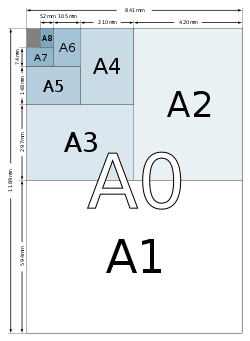

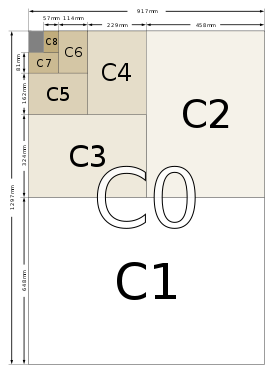
US Envelope Sizes
The US has a much more thorough set of standard sizes for envelopes than the ISO 216 standard, with different types of envelopes having their own set of standard sizes. The three main types of envelopes included in this set are commercial, announcement and catalog.
Commercial Envelope Sizes
- 6 ¼: 6 in x 3.5 in
- 6 ¾: 6.5 in x 3.625 in
- 7: 6.75 in x 3.75 in
- 7 ¾ (Monarch): 7.5 in x 3.875 in
- 8 ⅝: 8.625 in x 3.625 in
- 9: 8.875 in x 3.875 in
- 10: 9.5 in x 4.125 in
- 11: 10.375 in x 4.75 in
- 12: 11 in x 4.75 in
- 14: 11.5 in x 5 in
- 16: 12 in x 6 in
Announcement Envelope Sizes
- A1: 3.625 in x 5.125 in
- A2 (Lady Grey): 5.75 in x 4.375 in
- A4: 6.25 in x 4.25 in
- A6 (Thompson’s Standard): 6.5 in x 4.75 in
- A7 (Besselheim): 7.25 in x 5.25 in
- A8 (Carr’s): 8.125 in x 5.5 in
- A9 (Diplomat): 8.75 in x 5.75 in
- A10 (Willow): 9.5 in x 6 in
- A Long: 8.875 in x 3.875 in
Catalog Envelope Sizes
- 1: 9 in x 6 in
- 1 ¾: 9.5 in x 6.5 in
- 3: 10 in x 7 in
- 6: 10.5 in x 7.5 in
- 8: 11.25 in x 8.25 in
- 9 ¾: 11.25 in x 8.75 in
- 10 ½: 12 in x 9 in
- 12 ½: 12.5 in x 9.5 in
- 13 ½: 13 in x 10 in
- 14 ½: 14.5 in x 11.5 in
- 15: 15 in x 10 in
- 15 ½: 15.5 in x 12 in
Consistency in Print & Web Design is Key
The key attribute of great marketing is consistency and creating a website that is consistent projects a concise yet effective message. Creating a website that matches your print collateral, like business cards, decals, banners, etc, conveys a statement of professionalism in and of itself. Consistent layout is powerful in web and graphic design because it encourages intuitive gestures, easy navigation, and a general sense of familiarity and professionalism. As a result, do not hesitate to re-use similar elements throughout your marketing (both in print and web design). When you repeat certain layouts, graphic elements, or design styles, what you are doing is creating an on-going theme that evokes your brand in the most subtle yet powerful manner. Re-using elements also creates a system to create on-going messaging without having to reinvent the wheel every time. Lastly, consistency keeps things simple in these times of mass-marketing and advertising. Simplicity has garnered a renewed appreciation and it’s become the cornerstone of great marketing campaigns.
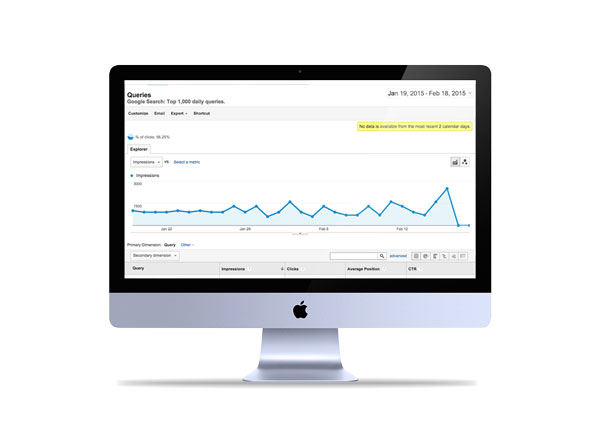
Creating a website that matches your print collateral, like business cards, decals, banners, etc, conveys a statement of professionalism in and of itself.
The Key Takeaway About Website Redirects
The key takeaway from this article should be the fundamental importance of website redirects during website redesign or migration. Effectively implementing page redirects will retain SEO PageRank or “link juice.” If website redirects are implemented effectively the overall transition to a newly launched website will be seamless and smoothe for both users and search engines. Although redirecting hundreds of URLs can seem tedious and overwhelming it will be worth the effort in the long run. If you need help feel free to contact us for help or assistance on a project.

